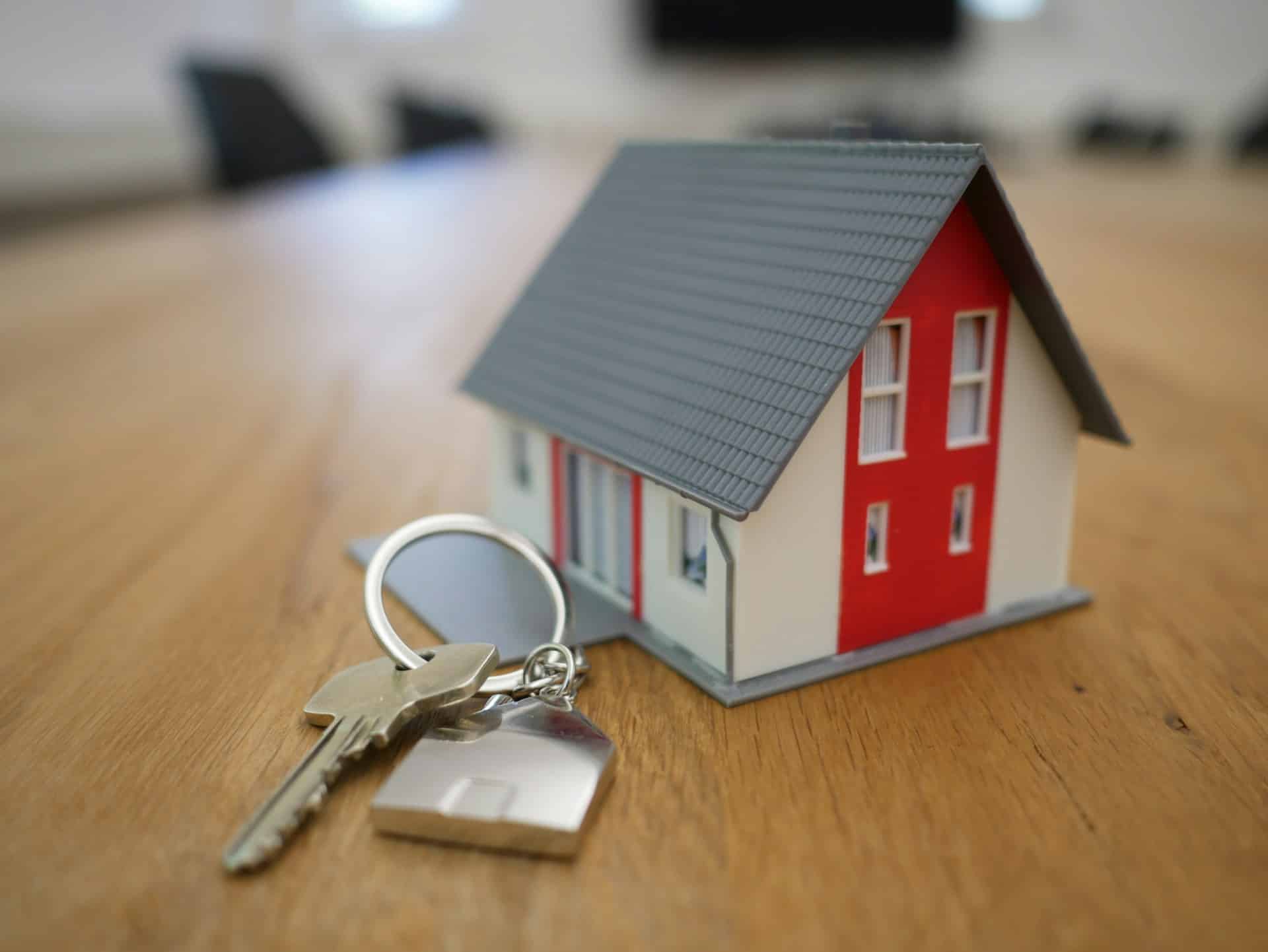How can real estate developments be designed to support the well-being of residents in high-density urban areas?

In the vast urban landscape, housing development plays a pivotal role in shaping the lives of city dwellers. It has a profound impact on the experiences, behaviors, and overall well-being of individuals, families, and communities. As cities become denser, the challenge lies in designing real estate developments that enhance the quality of life for residents. This discussion delves into the aspects of housing development that foster well-being in high-density urban areas.
Making Affordable Housing a Priority
Affordability is a fundamental concern in densely populated urban localities. The escalating values of land and property often push quality housing out of reach for many residents. Therefore, affordable housing needs to be at the forefront of city development strategies.
Sujet a lire : How to leverage virtual reality for remote real estate investment site visits and evaluations?
Affordable housing empowers residents to access better healthcare, nutrition, and education. A study by Google scholar attests to the fact that housing affordability directly impacts the mental and physical health of residents. Affordable housing schemes allow families to allocate more resources towards health and education, thereby improving their overall living standards.
Moreover, affordable housing promotes social integration and community development. It allows for a mix of income groups to reside in the same area, fostering diversity and social cohesion. As a result, it bolsters the social fabric and enriches the cultural milieu of cities.
En parallèle : What strategies can real estate professionals employ to enhance the sustainability of their projects?
Promoting High-Density, High-Quality Developments
While high-density living is often associated with overcrowding and stress, it doesn’t have to be that way. By promoting high-density, high-quality housing developments, we can ensure that city dwellers reap the benefits of urban living without compromising their well-being.
High-quality housing in high-density areas provides residents with ample living space, privacy, and access to daylight and natural ventilation. These factors contribute significantly to the physical and mental well-being of individuals. Green spaces should also be integral to high-density designs, offering residents opportunities for relaxation, exercise, and social interaction.
Furthermore, high-density housing can bring about more efficient use of resources, reduced energy consumption, and decreased environmental impact. This is achieved through shared utilities and infrastructure, proximity to public services, and greater use of public transport.
Enhancing Public Amenities and Infrastructure
The quality of public amenities and infrastructure significantly influences the well-being of urban residents. Therefore, city development strategies should focus on enhancing these elements in high-density areas.
Public amenities such as parks, libraries, recreational centers, and healthcare facilities play a critical role in promoting the social and physical well-being of residents. They provide spaces for relaxation, learning, exercise, and social interaction. They also foster a sense of community among residents by providing shared spaces for communal activities.
Infrastructure such as roads, public transportation, water supply, and waste management systems are also essential to the well-being of city dwellers. Efficient and reliable infrastructure supports the smooth functioning of daily life, reduces stress, and improves overall quality of life.
Implementing Community-Based Development
Community-based development is another key strategy for enhancing the well-being of residents in high-density urban areas. It involves the active participation of community members in the planning, design, and management of housing projects.
Community-based development ensures that housing projects are tailored to the specific needs and preferences of the residents. It fosters a sense of ownership and pride among residents, which enhances their sense of well-being. Moreover, it promotes social cohesion and community solidarity.
For instance, residents can be involved in designing communal spaces within housing developments, deciding on the types of public amenities to be provided, or managing maintenance activities. Their involvement ensures that the housing development serves their needs effectively and contributes positively to their quality of life.
Adopting Sustainable Building Practices
Sustainability is fast becoming a central theme in urban development. Adopting sustainable building practices in housing development can significantly enhance the well-being of residents in high-density urban areas.
Sustainable buildings use natural resources more efficiently, reduce waste, and minimize environmental impact. They also provide healthier and more comfortable living spaces for residents. For instance, sustainable buildings often feature natural ventilation and daylighting, which improve indoor air quality and reduce reliance on artificial lighting.
In addition, sustainable buildings can contribute to the financial well-being of residents. They can reduce energy costs through greater energy efficiency, and can also enhance property values due to their environmental credentials.
In conclusion, housing development in high-density urban areas can support the well-being of residents by prioritizing affordability, promoting high-quality developments, enhancing public amenities and infrastructure, implementing community-based development, and adopting sustainable building practices. By doing so, we can create cities that are not only densely populated but also vibrant, inclusive, and conducive to well-being.
Embracing Gentle Density and Smart Growth
In the pursuit of creating inclusive, vibrant, and livable cities, gentle density and smart growth principles are becoming increasingly important. Gentle density is a planning concept that promotes the integration of medium-density housing types, such as townhouses and low-rise apartments, into neighborhoods traditionally dominated by single-family homes. It aims to increase population density in a manner that is sensitive to the existing character of neighborhoods.
The benefits of gentle density are manifold. By diversifying housing typologies, it provides a broader range of affordable housing options for various income groups. This promotes social integration and reduces the risk of gentrification. Furthermore, gentle density can result in more efficient use of urban land and infrastructure, thereby reducing the environmental footprint of cities.
Smart growth, on the other hand, is a planning approach that emphasizes compact, transit-oriented, walkable, and bicycle-friendly land use. It aims to combat urban sprawl and promote sustainable urban development.
Smart growth strategies can significantly enhance the well-being of residents in high-density urban areas. They promote active lifestyles by making it easier for residents to walk, bike, or take public transit for their daily commutes. Research has shown that increased physical activity can have profound benefits on mental and physical health.
Additionally, smart growth fosters a sense of community by promoting mixed-use developments that bring residential, commercial, and recreational uses into close proximity. This not only reduces commute times but also provides opportunities for social interaction and community building.
Incorporating High-Rise Developments in Urban Planning
In many high-density urban areas, there’s a growing need to accommodate a rapidly increasing population. One way to do this without encroaching on open spaces or causing urban sprawl is through high-rise developments.
High-rise buildings, when designed thoughtfully, can offer a solution to the housing crunch in urban areas. They can accommodate a larger number of housing units in a smaller area, thus making efficient use of valuable urban land.
However, it’s crucial to ensure that these developments are integrated into the urban fabric in a way that supports the well-being of residents. This means designing high-rise buildings that provide access to natural light and ventilation, offer privacy while fostering a sense of community, and are located close to essential amenities and public transportation.
In addition, it’s important to incorporate green spaces within high-rise developments. Rooftop gardens, terraces, and indoor plants can promote relaxation, reduce stress levels, and improve indoor air quality.
Moreover, high-rise buildings should be designed to be energy-efficient and sustainable. This not only reduces their environmental impact but also leads to lower utility bills for residents, thus promoting their financial wellness.
Conclusion
Designing real estate developments that support the well-being of residents in high-density urban areas is a multifaceted task. It involves prioritizing affordable housing, promoting quality developments, enhancing public amenities and infrastructure, implementing community-based development, and adopting sustainable building practices. It also involves embracing gentle density and smart growth principles, and thoughtfully incorporating high-rise developments in our urban planning strategies.
By striking a balance between these different strategies, we can achieve the dual goals of accommodating population growth and enhancing the well-being of urban residents. In doing so, we can transform our high-density urban areas into vibrant, inclusive, and livable spaces that truly serve the needs of their residents. As the urban density continues to rise, these considerations must be at the forefront of our urban planning and development strategies.
